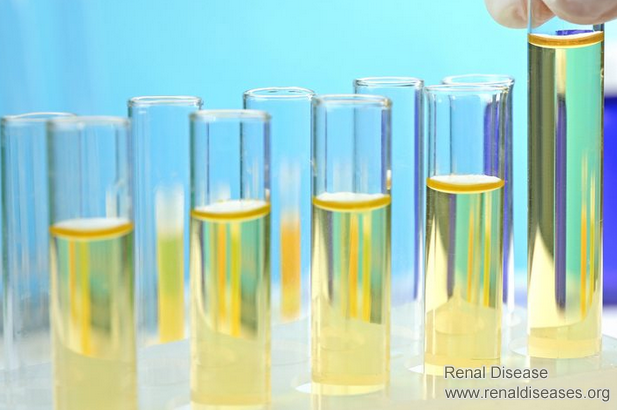Whatsapp: +8615512139310
- Email us:

Sustained low levels of proteinuria helps delay kidney function and avoid uremia. However, due to the complicated mechanism of kidney disease and obvious inflammatory response, proteinuria is not easy to completely eliminate, and easy to relapse.
In fact, not all patients with proteinuria can turn it negative, which is also unrealistic. For proteinuria caused by different pathological kidney disease, the goal should not turn it negative, but prevent it from damaging renal function. Otherwise, excessive treatment is not conductive to the control of the disease.
What level of urinary protein should be reduced in patients with different kidney diseases to stabilize renal function?
-If inflammation is mild, proteinuria should be normalized.
For some types of kidney disease with mild early kidney damage, aggressive treatment can completely control proteinuria in the normal range, and early treatment can even strangle renal progress. For example, Minimal Change Disease, Membranous Nephropathy stage 1, slight glomerular disease, mild mesangial proliferative nephritis, early stage of Purpura Nephritis and other diseases, should be treated as soon as possible.
-If renal function has been impaired slightly, proteinuria should be controlled under 1g.
With chronic nephritis syndrome, Membranous Nephropathy stage Ⅱ, IgA Nephropathy, moderate mesangial proliferation glomerulonephritis, focal segmental glomerular sclerosis (FSGS) and Nephrotic Syndrome, kidneys have moderate damage, and mostly in the period of renal insufficiency, proteinuria should be controlled below 1g, which is more conducive to slow down the progress of renal function and avoid uremia. This period is the most important and the most difficult to control. In addition to active medication control, you should actively communicate with doctors and pay attention to daily care, diet and maintenance.
-With the following kidney disease, proteinuria should be controlled into 3.5g.
Refractory Nephrotic Syndrome, membrane proliferative nephritis, Membranous Nephropathy Ⅲ stage and Ⅳ stage, Lupus Nephritis and Diabetic Nephropathy. With these diseases, kidney function has been severely damaged, so completely treatment of proteinuria is not reality. 3.5 g is the limit of the massive proteinuria. To control it below 3.5g can reduce kidney burden.
At this stage, patients should focus on the prevention and treatment of complications, which is the key to preventing deterioration of renal function.
To reduce proteinuria, a comprehensive treatment is needed.
-Insist on long-term medication, and do not stop or change drug without the instruction of doctors.
Drugs for proteinuria, currently including hormones, immunosuppressants and some antihypertensive drugs, require long-term dosages to function well. If you do not keep on treatment, it will aggravate proteinuria.
-Stick to low salt and low protein diet, and the effect is more apparent.
On the one hand, strict diet management can exert the effect of antihypertensive drugs and hypoalbuminous drugs to avoid counteracting the effects; on the other hand, it can reduce the burden on the kidney, and decrease filter pressure of the kidney so as to relieve protein leakage.
-Review regularly and adjust treatment plan
Even though it is the same type of disease, if the stage is different, proteinuria requirement is different. Only with regular review can you know your disease well and develop a reasonable plan to reduce proteinuria so as to protect your renal function well.
Hope the above information is helpful for you. For more information on kidney disease treatment, please leave a message below or contact online doctor.